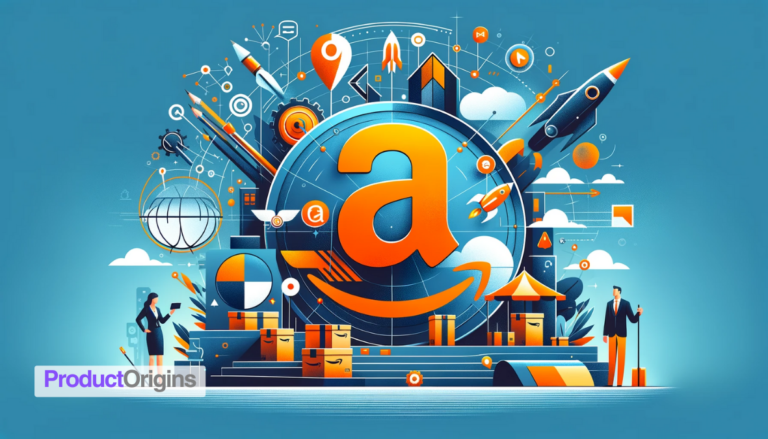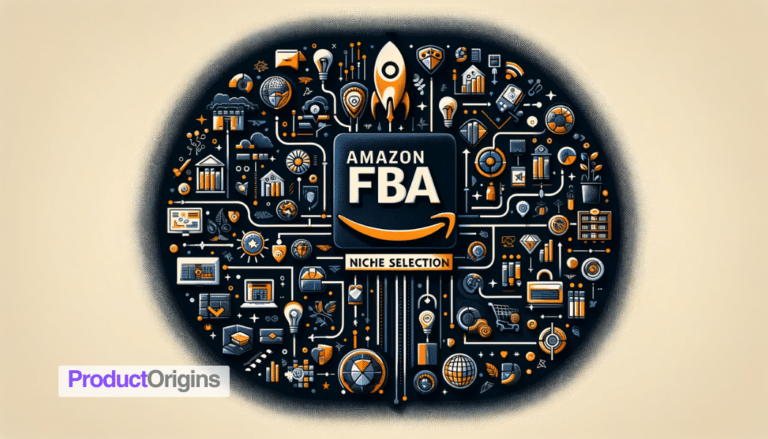Are you tired of watching your Amazon PPC budget disappear without seeing the results you deserve? Do you dream of driving more sales and boosting your ROI through effective “Amazon PPC optimization”? If so, you’ve come to the right place!
Amazon PPC (Pay-Per-Click) advertising is a powerful tool for sellers to reach millions of potential customers and increase their visibility on the platform. However, navigating the complexities of PPC and achieving a high return on investment can be challenging.
This comprehensive guide will equip you with the knowledge and strategies to maximize your ROI with Amazon PPC optimization. We’ll cover everything from keyword research and bidding strategies to landing page optimization and campaign structure, providing actionable steps and best practices to achieve your PPC goals.
Part 1: Building a Strong Foundation
Keyword Research: The Cornerstone of Successful PPC
Identifying high-impact keywords is crucial for maximizing the effectiveness of your Amazon PPC campaigns. By understanding customer search intent and matching keywords to their needs, you can drive more qualified traffic to your listings.
Tools like Jungle Scout and Helium 10 empower you to uncover lucrative long-tail keywords that attract buyers who are ready to purchase. Negative keyword strategies also eliminate irrelevant traffic, optimizing your ad spend.
Understanding search intent and buyer behavior allows you to identify keywords that align with customers’ needs. If you sell phone cases for the iPhone 14, focus on keywords like “iPhone 14 case” rather than broader terms like “phone case.” This level of specificity helps match potential buyers with precisely what they want.
Implementing negative keyword strategies saves money by preventing your ads from showing for searches unrelated to your products. If you sell sneakers, add negative keywords like “high heels” and “loafers” to avoid wasting impressions on the wrong audience. Over time, these minor optimizations add up, boosting campaign performance.
Bidding Strategies for Optimal Performance
Understanding the differences between manual and automatic bidding empowers you to choose the right approach based on your risk tolerance and level of involvement. Manual bidding gives you granular control but requires more effort, while automated strategies leverage Amazon’s algorithms to simplify the process.
When setting bids, finding the right balance between visibility and cost efficiency is vital for ROI. Check what competitors are bidding for your target keywords to charge competitive rates. Remember that the first page isn’t everything – sometimes, the second page converts well at a lower cost per click.
Tools like SellerApp and Helium 10 offer powerful bid optimization capabilities, automatically adjusting your bids based on conversion data to maximize sales at the lowest viable spend. Leveraging these solutions alongside smart human oversight is the best of both worlds.
Crafting Compelling Ad Copy
Your ad copy makes the first impression on potential customers, so optimized ad copy is crucial for higher click-through and conversion rates with Amazon PPC. Construct clear, benefit-focused headlines that quickly communicate what makes your product appealing.
Support these headlines by highlighting your products’ key features and differentiators from competitors. Include strong calls to action to guide visitors to click and purchase immediately.
A compelling headline like “Scratch Resistant Phone Case for iPhone 14” clearly communicates the product and its benefits, while a generic headline like “Quality Phone Accessories” does little to capture interest.
Support this headline with bullet points emphasizing tough protection, sleek fit, and durable construction. Close with a simple CTA like “See Price on Amazon,” guiding viewers straight to conversion. These principles apply across all your PPC ad formats.
Optimizing Landing Pages for Maximum Conversions
Beyond excellent ad copy, optimizing your Amazon listings and product pages boosts on-page conversion rates after driving clicks from PPC traffic. Ensure fast page loading times, as high bounce rates frustrate customers. Check mobile-friendliness, as phones drive over 60% of Amazon traffic.
Showcase your products’ benefits clearly on the page itself. Consider unique selling points and emphasize how you solve customers’ problems. Include strong calls to action to guide visitors to add items to their carts and checkout. These onboarding and conversion rate optimization best practices apply to any e-commerce site but are vital for Amazon.
Part 2: Advanced Optimization Techniques
Campaign Structure for Scalability and Efficiency
Proper “Amazon PPC campaign structure” lays the foundation for current and future growth. Consider segmenting campaigns by product category or target customer.
For example, create one campaign just for your bestselling kitchen gadgets optimized for conversion while having a separate campaign for your fitness equipment focused more on brand building. This structure allows custom optimization based on each campaign’s unique goals.
Similarly, leverage different Amazon PPC ad formats like Sponsored Products and Sponsored Brands for conversion vs. branding needs. Set up conversion tracking for each campaign to monitor performance closely. Continuously optimize bids, targets, and creativity based on insights from the data.
A/B Testing for Data-Driven Decisions
Take the guesswork out of Amazon PPC optimization with A/B testing. Running experiment campaigns creates an evidence-based approach to decision-making.
Test combinations of ad elements like headlines, product images, description text, keywords, and bids to see which perform best.
For example, pit a descriptive product title against an emotional headline to learn what drives more conversions from your audience. The winning variation then informs future creative.
Continually test and iterate upon these optimizations over longer periods to compound performance improvements.
Leveraging Automation and Tools
Automation and AI optimization streamlines the intense workload of hands-on Amazon PPC management. Leverage tools like Sellics and Teikametrics that automate bid management, budget allocation, and campaign creation.
Integrate deeper analytics software like SEMrush to unlock granular insight into PPC performance. Stay updated on the latest Amazon Advertising features and leverage them quickly to capitalize on changes in the marketplace.
The combined power of human creativity and machine-scale execution drives the best outcomes. Automated bid optimization frees up mental bandwidth to focus on innovative campaign ideas and new opportunities. Software constantly crunches data, identifying areas for improvement faster than any manual approach.
The future of Amazon PPC optimization lies in this harmonious collaboration of human ingenuity and technological automation.
Conclusion
By implementing the strategies outlined in this guide, you can effectively optimize your Amazon PPC campaigns and achieve significant ROI improvements. Remember, the key to success lies in a data-driven approach, continuous monitoring, and a willingness to adapt and experiment.
By following these steps for advanced “Amazon PPC optimization” and staying informed about the latest trends, you can turn your Amazon PPC campaigns into powerful engines of growth for your business.







